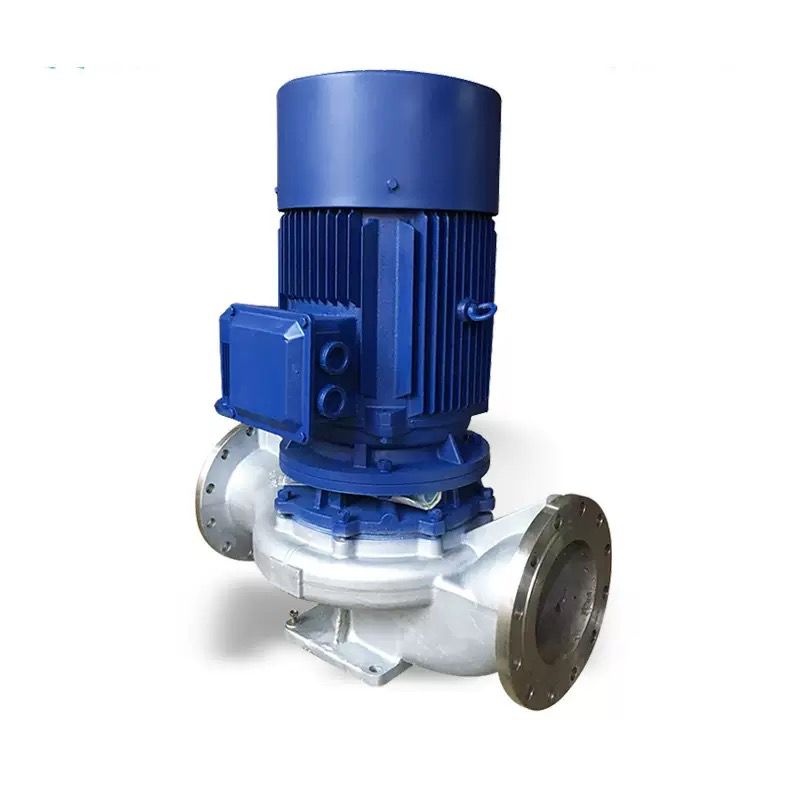A single-stage pump is a pump with only one impeller, featuring a simple structure. This design simplifies the overall structure, making it easier to manufacture and maintain, and reducing costs. Due to the limitations of the single impeller’s performance, single-stage pumps are typically used in scenarios requiring low head, such as common household water supply and light drainage. Another advantage of their compact and simple design is that they take up less space and are easy to install, making them ideal for use in environments with limited space. Single-stage pumps have high efficiency; within their designed operating range, the simple structure results in minimal energy loss, maintaining high efficiency. In summary, a single-stage pump generates centrifugal force through the rotation of the impeller, which facilitates the intake, acceleration, and discharge of liquids, converting mechanical energy into liquid pressure and kinetic energy.
A single-stage pump, with only one impeller, has a relatively simple internal structure, fewer components, and lower manufacturing and assembly difficulties. This makes it easier to control the production and maintenance costs of single-stage pumps. It requires less energy to start, has a straightforward operation process, and can quickly enter the working state, making it advantageous in scenarios requiring frequent starts. Under design conditions, a single-stage pump can maintain high efficiency, effectively converting energy into kinetic and pressure energy of the liquid, thus meeting general liquid conveying needs.
Post time: Jun-16-2025





